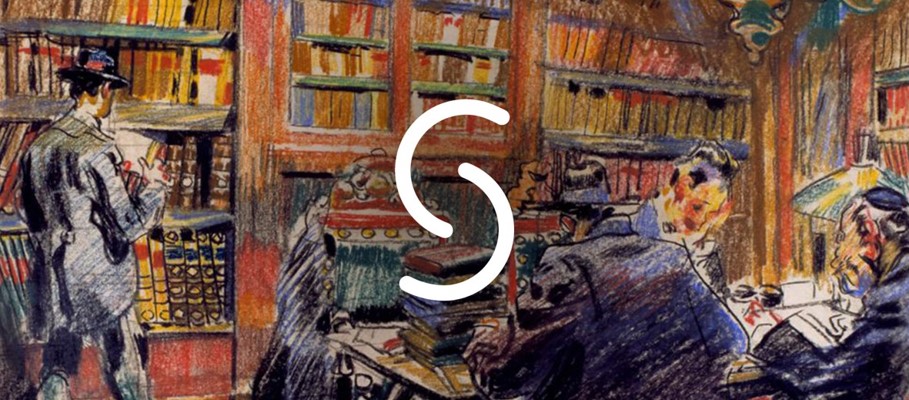Protocolos notariales de Madrid
Item
-
Country
-
ES
-
Name of institution (English)
-
Historical Protocol Archive of Madrid
-
Language of name of institution
-
spa
-
Contact information: postal address
-
Calle Ramírez de Prado 3, 28045 Madrid
-
Contact information: phone number
-
0034 914200534
-
Contact information: email
-
ahpm@madrid.org
-
Title (English)
-
Notarial protocols of Madrid
-
Title (official language of the state)
-
Protocolos notariales de Madrid
-
Language of title
-
spa
-
Creator / accumulator
-
Distrito Notarial de Madrid Capital
-
Date note
-
1504/20th century
-
Language(s)
-
fra
-
lat
-
spa
-
Extent
-
39,180 books
-
Type of material
-
Textual Material
-
Physical condition
-
Satisfactory
-
Scope and content
-
The collection includes notarial protocols relating to the city of Madrid dating back to at least the beginning of the 16th century. These include the will and testament of Juan Núñez Correia (protocolo 4592) and Duarte Coronel Enríquez (1650), both Portuguese New Christians. There is also an agreement signed in Madrid between Núñez Correa and other New Christian merchants (6576, fols. 292-93).
-
Archival history
-
The notarial protocols of Madrid are preserved in 39,180 volumes whose dates span the years 1504 to 1918. Every year, notarial protocols that are more than 100 years old are entered in the Archivo Histórico de Protocolos de Madrid from the Archivo General del Colegio Notarial (General Archive of the Notarial College), which in turn preserves the protocols of different notaries from 25 to 100 years old. The notary district of Madrid is made up of all the clerk's offices or notaries of the district of the city of Madrid.
The documents of this fonds, by virtue of the legislation of 1503, were preserved by the notaries who produced them and by their successors in office. In 1765, Carlos III created the Archivo de Escrituras Públicas de Madrid (Madrid Public Deeds Archive).
By the royal order of November 3, 1842, these documents became the property of the Madrid City Council, which was also in charge of their custody until 1870, when this responsibility was transferred to the notaries.
The official inauguration, in 1933, of the Archivo Histórico de Protocolos de Madrid marked the beginning of the task of organising this fonds, which was completed at the end of the Civil War.
-
Sources:
-
Archivo de Protocolos de Madrid website
-
Censo Guía de Archivos de España e Iberoamérica
-
Administrative / Biographical history
-
The notarial institution in Spain dates back to the first centuries of the Middle Ages, when the figure of the "scriptor" appears as an expert in document writing. However, it was not until the 13th century that a detailed regulation was developed in all the Iberian kingdoms.
In Castile, in particular, this can be observed in the legislative work of Alfonso X, who, for the first time, granted the notary public authority to authenticate documents.
The office of notary public was regulated by the legislation of the Catholic Monarchs of June 7, 1503, which established the obligation to deliver the records produced by each notary to his successor in the office, as well as to collect the full text of each authorised deed, which represents the beginning of the notarial protocol.
The radical change in the Notary Public took place with the promulgation of the Law of the Notary Public of 1862, by which the judicial public faith was distinguished from the notarial public faith, separating the two functions held by the notary public until then, the civil and the judicial, reserving the civil function to the notary.
The Notary District of Madrid Capital is made up of all the clerk's offices or notaries of the Madrid district.
-
(source: Censo Guía de Archivos de España e Iberoamérica)
-
System of arrangement
-
The protocols are arranged by notaries alphabetically and, within these, in chronological order.
-
Access, restrictions
-
Free access, only restricted for reasons of documentary conservation.
-
Author of the description
-
Rui Queirós de Faria, 2021
